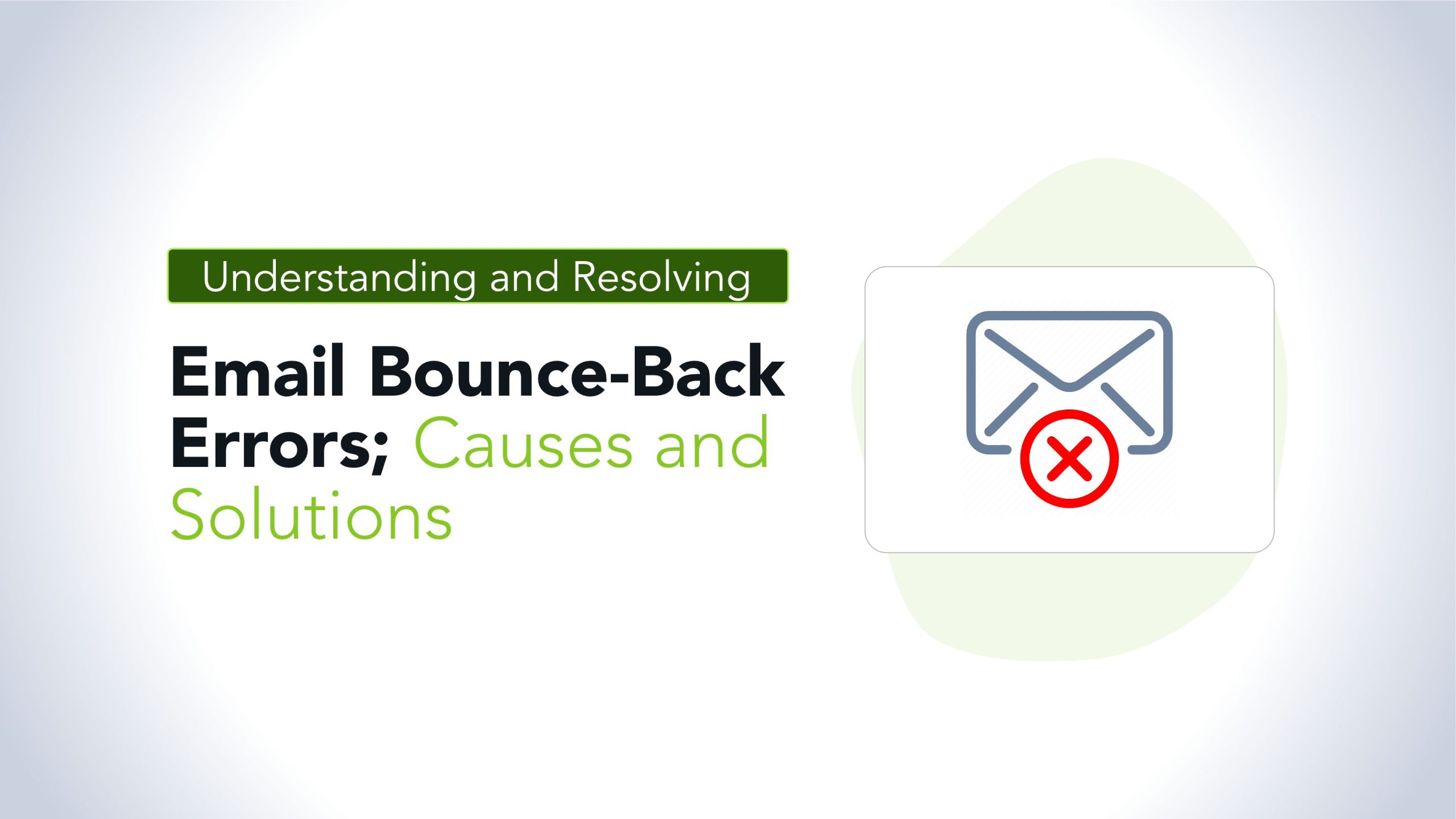
Email bounce back errors occur when an email message cannot be delivered to the intended recipient and is returned to the sender’s inbox. These errors can be frustrating and disruptive, but understanding their causes and implementing appropriate solutions can help ensure smooth communication. In this guide, we’ll delve into the common causes of email bounce back errors and provide solutions to address them effectively.
- Invalid Recipient Address:
One of the primary reasons for email bounce back errors is an invalid recipient address. This could be due to typos, outdated email addresses, or non-existent domains.
Solution 1:
– Double-check the recipient’s email address for accuracy before sending.
– Update contact lists regularly to remove outdated or invalid addresses.
– Verify the domain’s existence using online tools to ensure emails are being sent to valid recipients.
- Mailbox Full:
If the recipient’s mailbox is full, incoming emails will bounce back to the sender. This often occurs when the recipient fails to manage their inbox or exceeds the storage limit provided by their email service provider.
Solution 2:
– Contact the recipient through alternative channels (e.g., phone or messaging apps) to notify them of the issue.
– Request the recipient to free up space in their mailbox by deleting unnecessary emails or attachments.
– Consider sending large files through file-sharing services rather than as email attachments to avoid exceeding mailbox limits.
- Temporary Server Issues:
Temporary server issues on the recipient’s end, such as maintenance or network disruptions, can result in email bounce back errors. These issues are typically resolved automatically once the server is back online.
Solution 3:
– Wait for some time and resend the email later, as the issue may be temporary.
– Check the recipient’s email server status using online tools or contact their IT department for assistance.
– Consider sending the email to an alternative email address if available.
- Sender Reputation Issues:
Poor sender reputation, often caused by sending spam or engaging in suspicious email practices, can trigger bounce back errors and even lead to emails being blocked by recipient servers.
Solution 4:
– Maintain a clean email list by regularly removing inactive or disengaged subscribers.
– Use reputable email service providers that comply with email authentication protocols (e.g., SPF, DKIM, and DMARC).
– Avoid sending unsolicited emails or engaging in aggressive email marketing tactics.
- Content Filtering:
Some email servers employ content filtering mechanisms to detect and block spam or malicious content. If an email triggers these filters, it may bounce back to the sender.
Solution 5:
– Avoid using spam or suspicious language in email subject lines and content.
– Refrain from including excessive links or attachments in emails, as these may raise red flags for content filters.
– Monitor email deliverability metrics and adjust email content accordingly to minimize the risk of triggering content filters.
By understanding the common causes of email bounce back errors and implementing appropriate solutions, you can improve email deliverability and ensure that your messages reach their intended recipients successfully. Regularly reviewing and optimizing email practices will help maintain positive sender reputation and enhance communication effectiveness.
